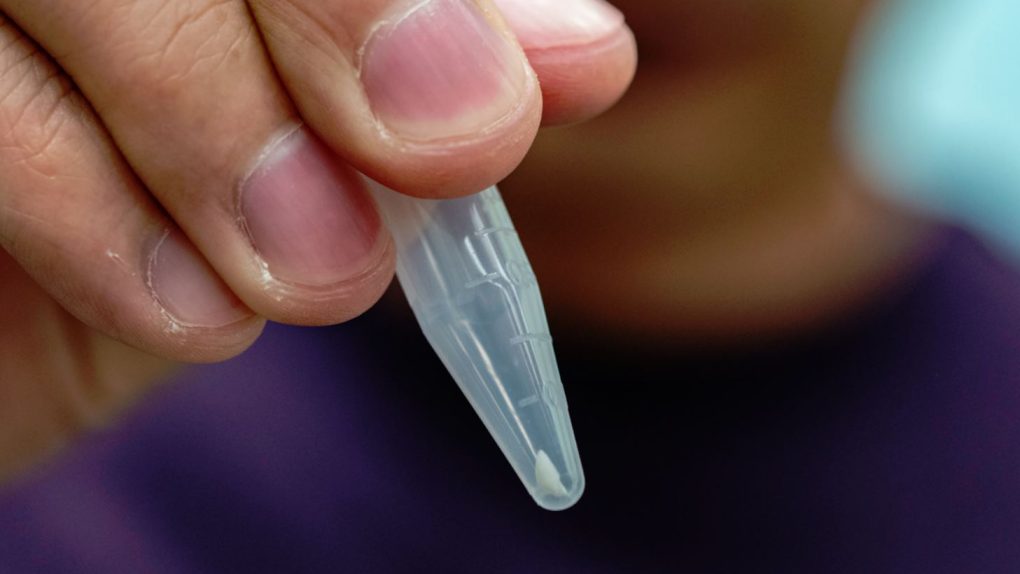In 1994, Jeff Weakley was surfing off the coast of Florida’s Flagler Beach when he was attacked by a shark. He survived the ordeal but not without shedding some blood, as the then-unidentified shark sunk its teeth into his foot before the two parted ways.
Weakley couldn’t identify the shark at the time and assumed he’d never know what species had tried to make lunch out of him. That is, until a tiny parting gift from the shark reappeared nearly 25 years later. A tooth fragment which had broken off in the surfer’s foot found its way to the surface, and offered Weakley a shot at answering the question that gnawed at him for over two decades.
As the Florida Museum of Natural History reports, Weakley didn’t know what to do with the tooth fragment that pushed its way out of his foot. At first, he had planned to make a pendant out of it, but when he came across an article that explained how scientists could extract DNA from shark teeth to identify the species it belonged to, he reached out and asked if they could do the same with the tooth he’d been unwittingly carrying around for 24 years.
Weakley, who said he was “very excited” about the prospect of identifying the shark that chomped him, sent it in for analysis. The tiny chunk of tooth was so small that researchers from the Florida Program for Shark Research were skeptical that they could harvest enough DNA for identification.
After processing the tooth and scraping out of some the pulp hiding within, the scientists found they had enough DNA to work with and set about comparing the sample to known shark DNA in search of a match. They found what they were looking for in the DNA of the blacktip shark, a species which is somewhat notorious for its run-ins with humans.
It took almost a quarter of a century, but Weakley finally found the answer to his question. He reportedly still surfs, and doesn’t hold a grudge against sharks.








